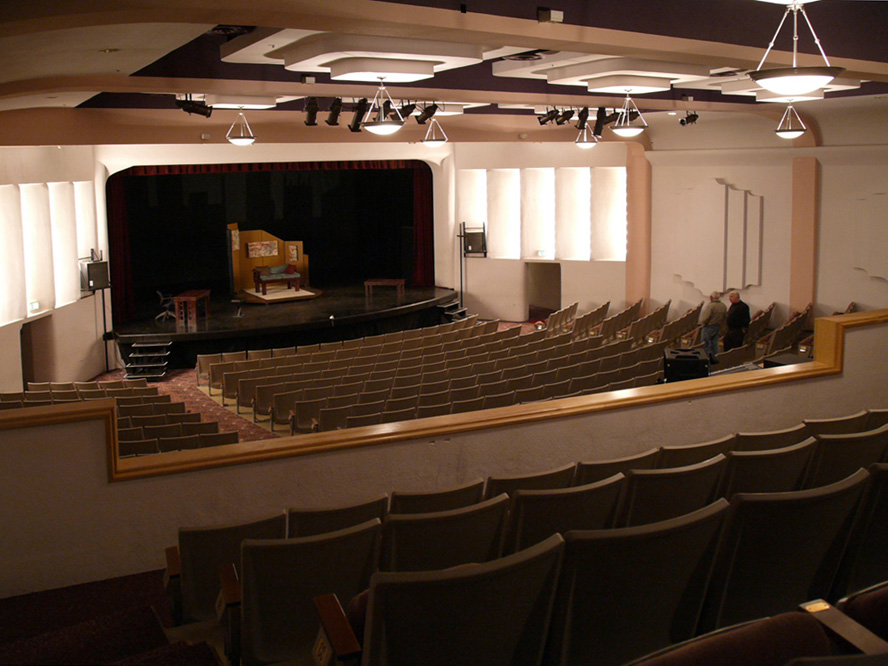
Originally opened in 1923, the building now known as the WYO houses two theatres and several multi-functional spaces. Accessibility is central to the WYO’s mission to inspire, educate, and entertain. The WYO accessibility committee is continually looking for ways to make performances more accessible and ensure that everyone who attends the theatre has a positive, engaging experience.
Challenge
The WYO sought a way to expand its assistive listening options to better serve all guests. While its existing hearing loop system works well for patrons with telecoil-equipped hearing aids, it doesn’t accommodate everyone, particularly those without hearing aids. The theatre needed a solution that would complement the hearing loop system, offer greater flexibility, and ensure accessibility for a broader audience, both now and as technology continues to evolve.
Solution
To enhance accessibility and complement its existing hearing loop system, the WYO has implemented the Auri™ system. Guests with Auracast™ compatible hearing aids, earbuds, headphones, or smartphones can stream audio directly to these devices. For those without compatible devices, the theatre offers a limited number of Auri™ receivers featuring two 3.5 mm jacks for wired headphones and earbuds. The system improves speech clarity by reducing background noise. It can be used to provide audio description for visually impaired guests. Additionally, Auri™ supports language interpretation, making the theatre experience more inclusive for all visitors.
Result
Implementing the Auri™ system has significantly expanded the WYO’s assistive listening capabilities and complemented its existing hearing loop system to better serve guests. By offering multiple access options, from personal Auracast™ compatible devices to dedicated receivers and neck loops, the theatre increases flexibility and convenience for all patrons.
It also meets ADA (Americans with Disabilities Act) requirements for assistive listening. Improved speech clarity and background noise reduction enhance the listening experience. At the same time, being able to broadcast audio description and language interpretation will make performances more accessible to visually impaired guests and non-native speakers.
Together, these solutions strengthen the theatre’s commitment to inclusivity and position it well for the future as guests’ preferences and needs evolve.
Download Case Study